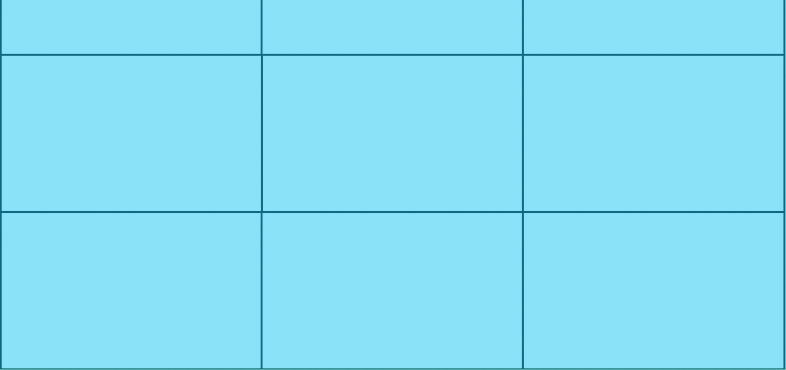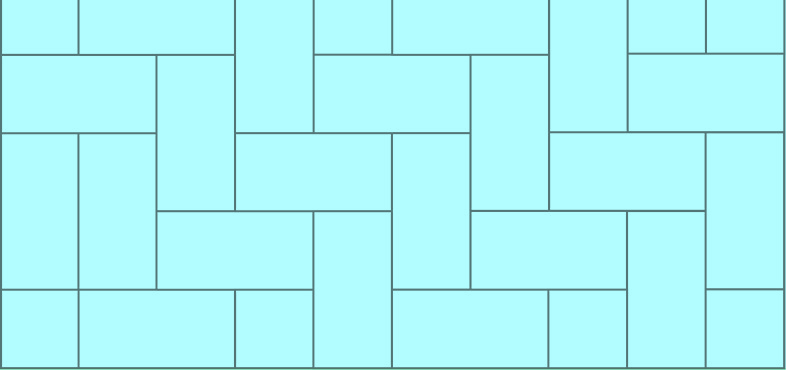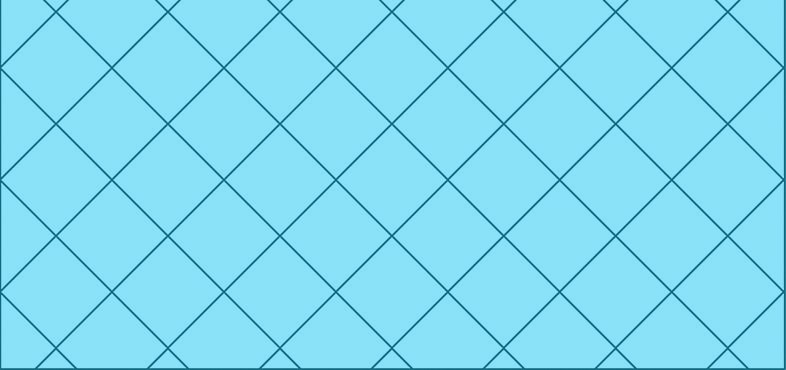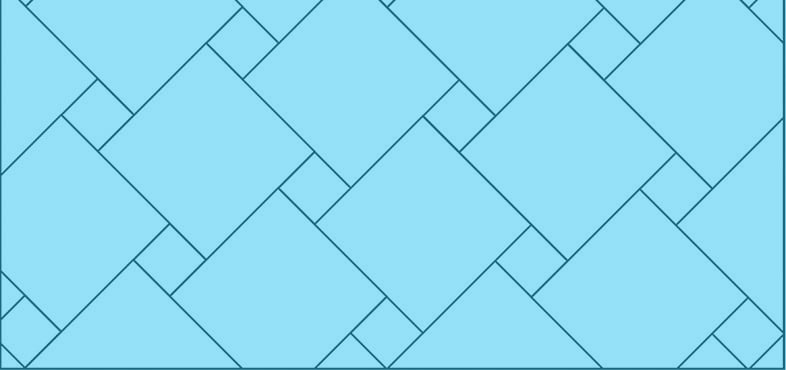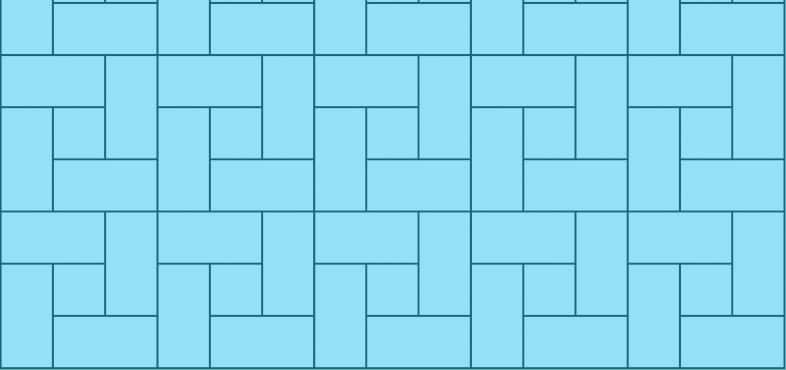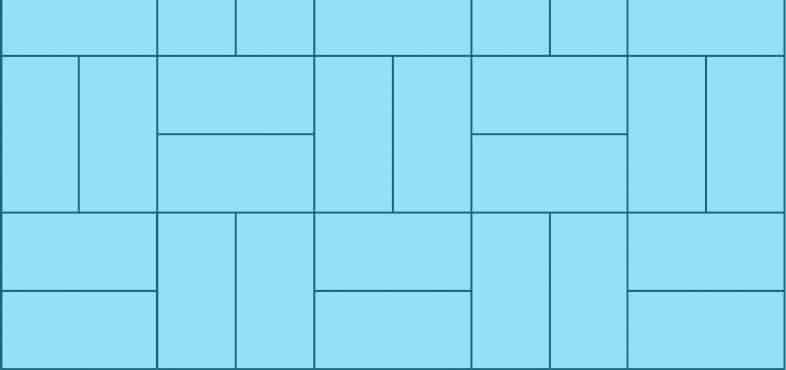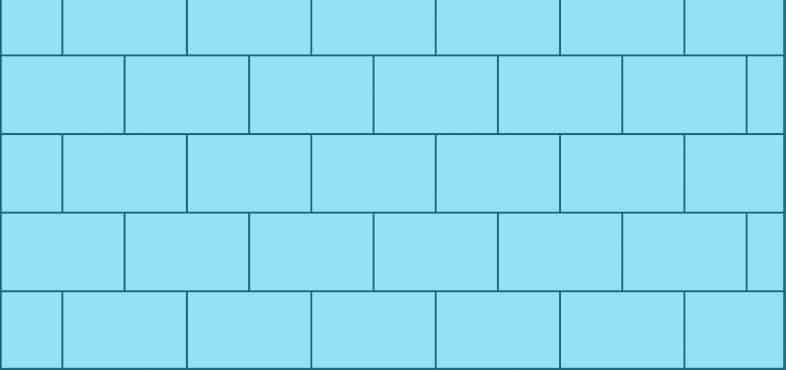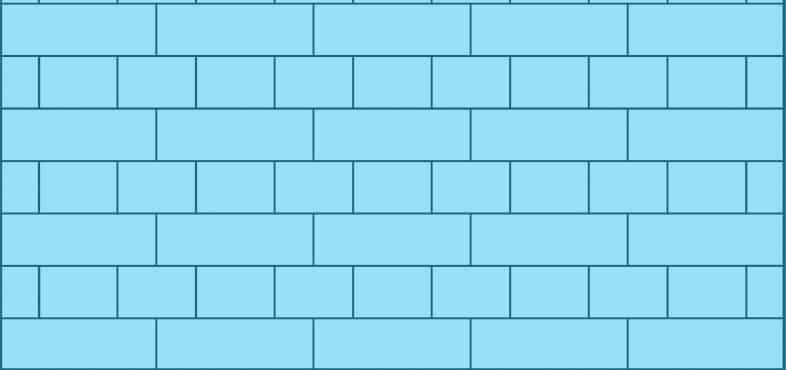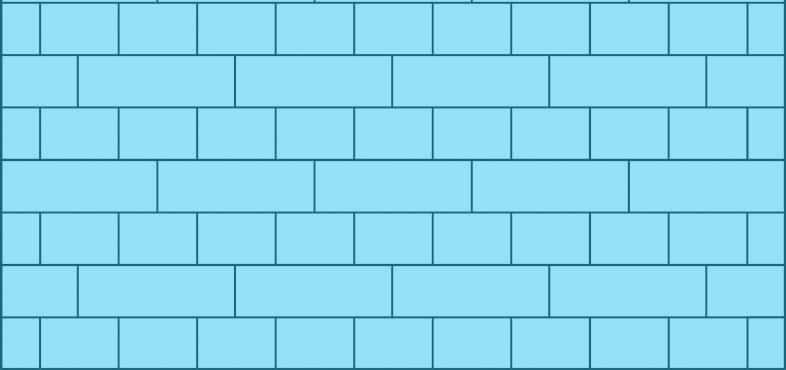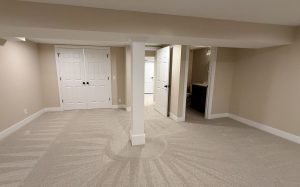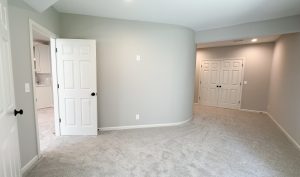Choosing a tile pattern, like choosing a paint color, can either be super easy or super hard. Before you jump in on choosing what’s going to be on your floors, shower, or backsplash, it’s good to know the basics of ceramic tile. The first thing you may think about is color
First, ceramic tile is best installed by experts like the ones we work with at Empire Basement Solutions. Second, there are several title patterns to choose from. Whatever your taste, whether you prefer simple or busy, there is a pattern that will meet your aesthetic.
Here are 10 basic patterns and how to identify them:
Straight
The most basic type of tile. It’s characterized by uniform rectangular or square tiles lined up so the grout forms a grid. This is very popular in both kitchens and baths. It looks good in simple white, solid colors, or alternating color patterns.
Herringbone
This is a popular choice because it’s a perfect mix of simplicity and flair. The pattern, characterized by rectangular tiles laid in a V or perpendicular, adds energy to your space without being too distracting. This is very popular as kitchen backsplash.
Diagonal
This pattern is similar to straight but with the tiles laid diagonally instead of straight across.
Pinwheel
This pattern, with a small square surrounded by much larger squares, is one of the most distinctive. Though sometimes used on kitchen floors, it’s best as an accent or for outdoor patios.
Windmill
This tile pattern is a busier one. It’s characterized by a small square tile centered around four larger rectangular tiles. It’s a versatile pattern that’s great for kitchen floors and basements.
Basket Weave
For this pattern, two rectangular tiles are laid next to each other to form a square. Because it’s fairly simple, basket weave can be used in a variety of places.
Stretcher Bond
This dynamic tile pattern uses square or rectangular to present a brick-style effect. This pattern can look great with bold colors.
English Bond
Another great middleground between simple and busy, this pattern alternates rows of square and rectangular tiles. This looks good all white or with color.
English Cross Bond
A combination of stretcher bond and English bond, this pattern has alternating rectangular and squares(or shorter rectangles), but offset for a brick look. This is a fun and versatile pattern that’s great for backsplash and showers.
Cobblestone
A twist on herringbone, this pattern consists of rectangular tiles with smaller square tiles around the edges. This pattern is popular in more traditional homes.
Now you’re sort of a tile pattern expert!
Colors and patterns within the title itself is a whole other subject. However, a basic good rule of thumb here is to think about the vibe you want to give off. If you want your kitchen or bathroom to be more traditional or inviting, feel free to use colors. If you want a cleaner, more modern feel, try white, black or a single bold color.

